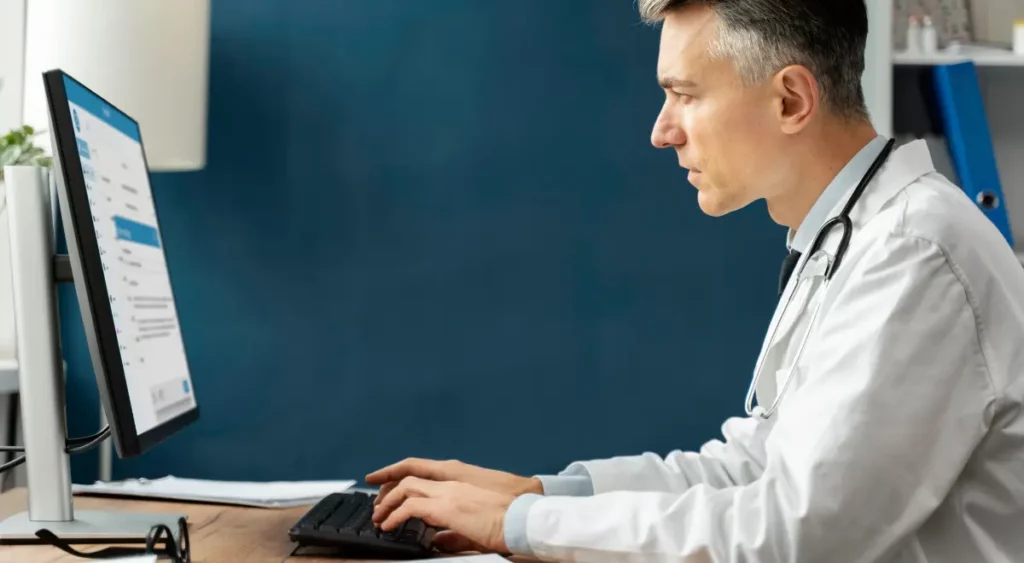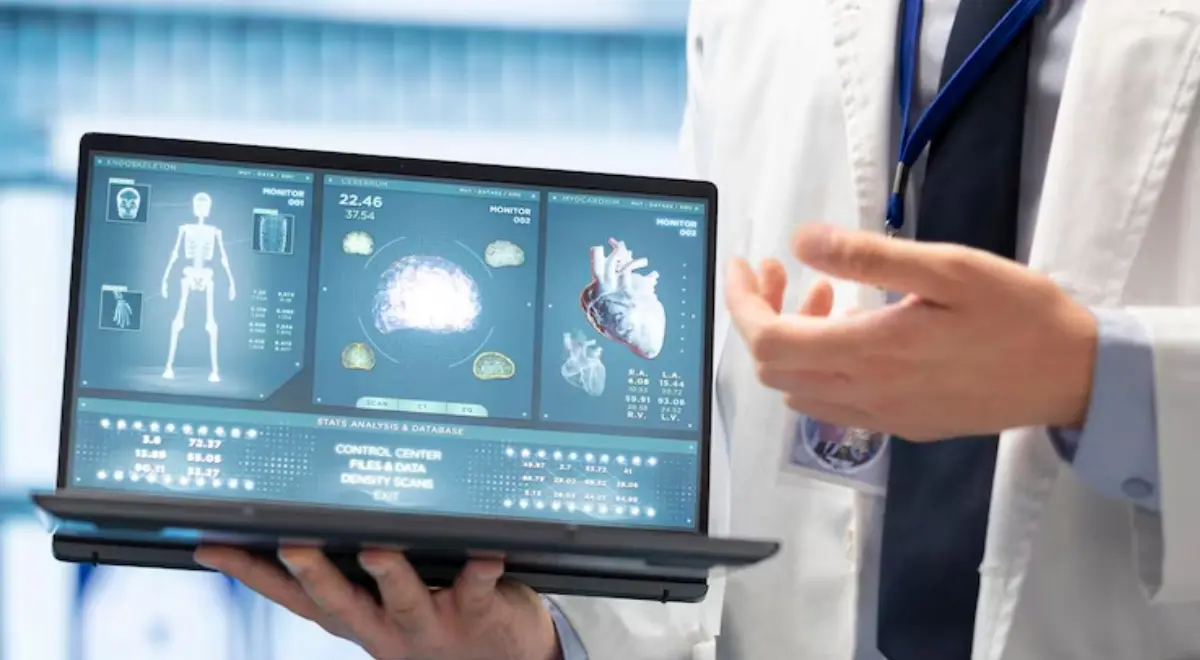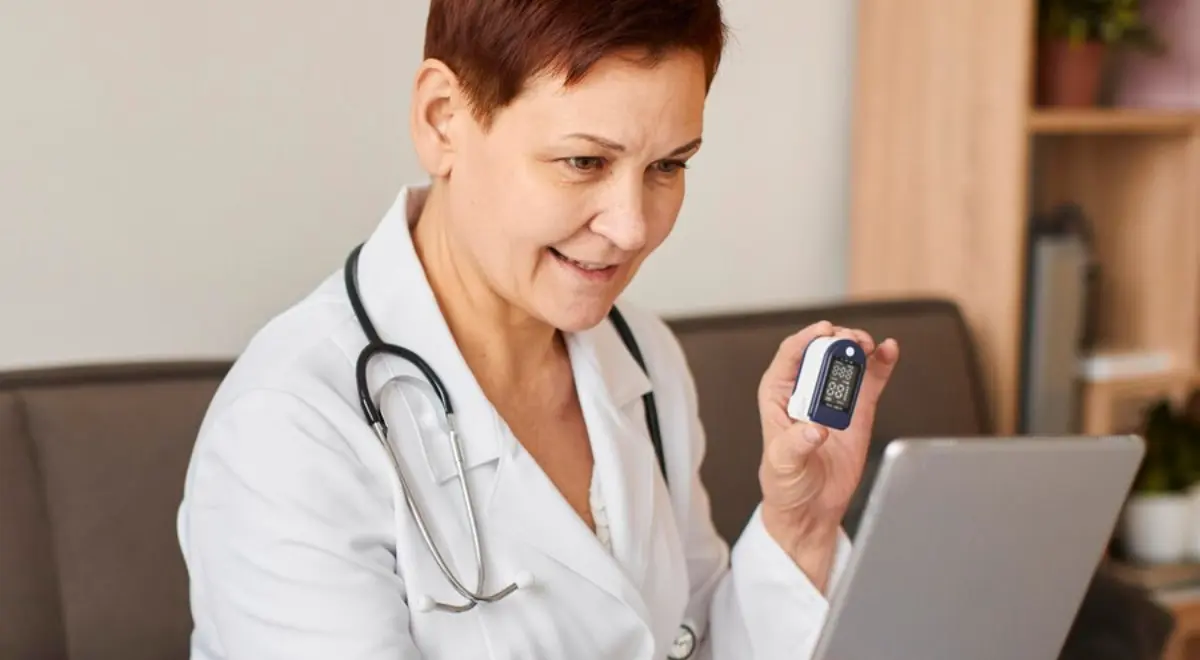Steps To Implement A Successful Remote Patient Monitoring Program

Want to monitor patients’ out-of-the-clinic settings? Looking to implement a successful Remote Patient Monitoring (RPM) program? Aiming to maximize your reimbursements? No matter, where you are located, remote patient monitoring is an effective way to ensure your chronically ill patients receive consistent care tailored to meet their healthcare goals.
RPM allows patients to stay informed about their health progress and gain access to personalized treatments, along with increasing patient outcomes and engagement rates.
Coming to healthcare providers, RPM assists doctors and physicians to stay proactive and provide real-time access to the patient’s health records, so as to ensure timely interventions and preventative care.
In this blog post, we’ll take a closer look at the practices or steps you need to consider when implementing a successful remote patient monitoring program:
- Create A Patient-centered Remote Monitoring Plan
Before you choose to invest in remote patient monitoring software, make sure you have calculated how it’s going to help you improve your patient care and objectives. When deciding whether to implement RPM in your practice or not, make sure you analyze the answers to the below given questions:
- How many of your patients could benefit from Remote Patient Monitoring?
- Do you have a significant number of patients who reside remotely?
- Will RPM be able to save you and your patients time and money for in-office visits?
- Do you have a significant number of chronic care patients?
- Do your patients require frequent visits but might be monitored remotely?
Once you have answers to these questions, you can decide if a remote patient monitoring platform in the US can really help your practice achieve its healthcare and financial goals.
- Collect Real-time Patient Data Using RPM Devices
There are a number of remote patient monitoring companies in the United States that have introduced digital health platforms taking the remote monitoring technology by storm. HealthArc is a pioneer in remote patient monitoring technology and provides FDA-approved remote patient monitoring devices, such as pulse oximeters, weighing scales, glucometers, and more to collect real-time data from chronic patients.
Medicare covers remote patient monitoring reimbursements to track real-time health parameters. Some of the conditions that require constant monitoring by healthcare providers include, diabetes, hypertension, obesity, sleep disorders, cardiovascular diseases, asthma, and cancer
To incorporate a successful RPM program into your practice, it’s better advised to start with a pilot program with a certain number of patients.
For example: A physician or care coordinator can track the vitals, such as blood pressure and weight of the patients suffering from hypertension. If there are significant changes in the health reading, a physician or care coordinator can intervene and make relevant changes in the care plan. Once he/she is satisfied with the workflow and outcomes, a further decision to implement the RPM program to cover more patients can be taken.
- Choose A Unified Digital Healthcare Platform
When it comes to ease of use, choose a unified digital healthcare platform that can accommodate a wide range of monitoring services, including Chronic Care Management (CCM), Transitional Care Management (TCM), Principal Care Management (PCM), Behavioral Health Integration (BHI), Remote Therapeutic Monitoring (RTM), and more. With easy monitoring for so many health monitoring services in a single platform, both patients and physicians can easily learn how to add health records and track the progress along with other platform features, resulting in better use of the technology.
The most important aspect of RPM software is that it should be accessible around the clock and can be used by patients anytime and anywhere. Patients can use cellular medical devices which are connected with the software to record and send their readings. Also, the physicians can access, monitor, and analyze the patient in real time. Make sure the software you choose meets all your expectations and needs by providing all aspects of remote monitoring in a single dashboard.
- Select A RPM Software Promising Data Security & Compliance
One of the crucial aspects of digital health software you should not miss out on is data security and compliance. The performance and usability of software are just as important as its security and compliance. HealthArc is an HIPAA-compliant healthcare platform ensuring proactive patient participation and data security to ensure a successful RPM program.
When choosing the best RPM software for healthcare providers, don’t constrain the functionality because of your budget. Remember, a remote patient monitoring system is an investment but brings higher returns too, by boosting patient engagement and reimbursements. The best RPM software in USA delivers:
- HIPAA compliance
- Audio/ video calls support
- SMS & in-app messaging
- Staff productivity report
- Patient compliance report
- Patient vitals data report
Step Into The Future Of Remote Patient Monitoring With HealthArc
HealthArc is a leading virtual care platform assisting patients and healthcare providers with top-notch remote patient monitoring services. Our team can guide you through the features and functionalities of our software to help you make the right choice.
Get ready to boost patient outcomes, engagement, and reimbursement with HealthArc’s RPM software. Schedule a demo to learn how our platform works or call us today at +201 885 5571 to set up a consultation with our experts.
Most recent blogs
Categories
- Advanced Primary Care Management
- Behavioral Health Integration
- Cellular Remote Patient Monitoring
- Chronic Care Management
- Chronic Care Management Billing
- Chronic Care Management CPT Codes
- Chronic Care Management Program
- Chronic Care Management Software
- Digital Health Platform
- Principal Care Management
- Principal Care Management CPT Codes
- Remote Care Programs
- Remote Monitoring Devices
- Remote Patient Care
- Remote Patient Monitoring
- Remote Patient Monitoring Billing
- Remote Patient Monitoring CPT Codes
- Remote Patient Monitoring Devices
- Remote Patient Software
- Remote Therapeutic Monitoring
- Remote Therapeutic Monitoring Billing
- Remote Therapeutic Monitoring CPT Codes
- Telemedicine & RPM
- Transitional Care Management
- Transitional Care Management Billing
- Transitional Care Management CPT Codes
Related Posts
- March 1, 2025 | Read Time: 6 mins
AI in Remote Patient Monitoring: Predictive Analytics, Early Detection, & Personalized Care
- February 25, 2025 | Read Time: 5 mins
Wearable Devices & Their Role in Remote Patient Monitoring
- February 21, 2025 | Read Time: 5 mins






